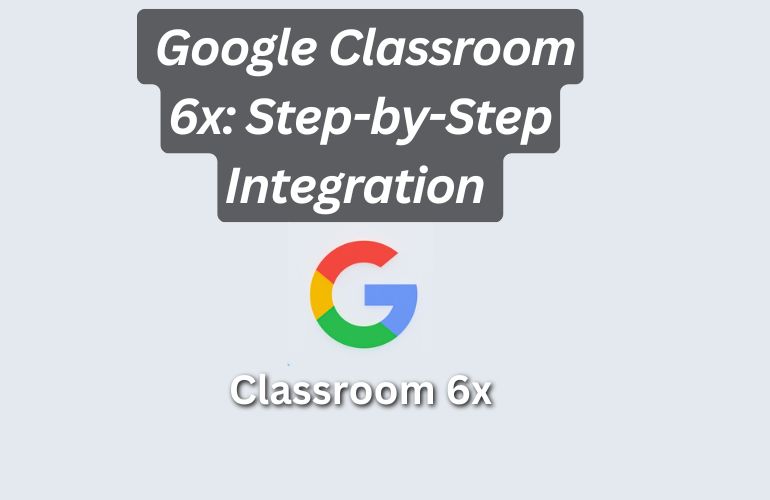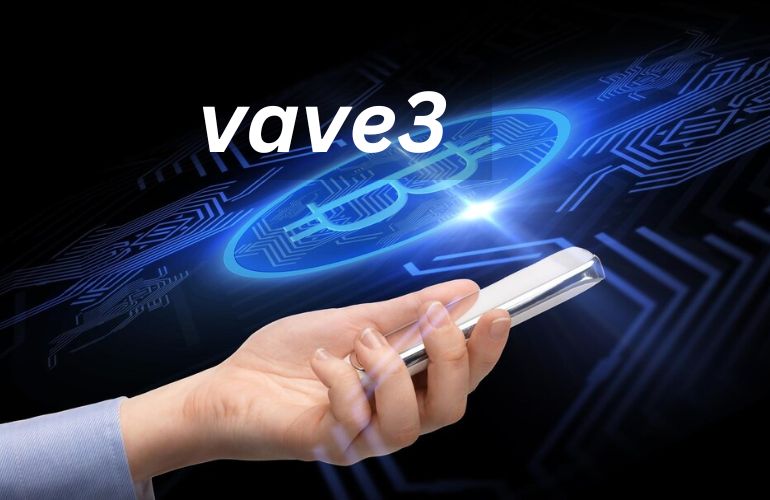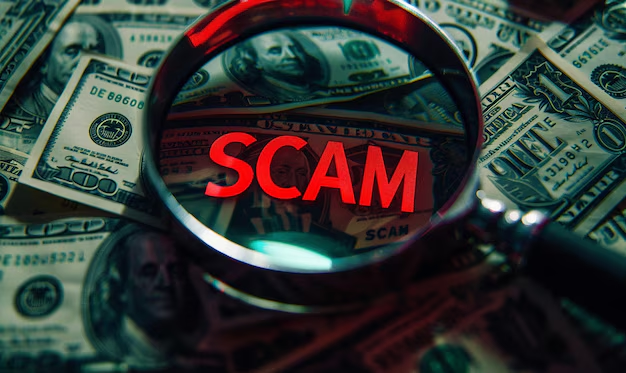
Introduction to Linuxia
Linuxia, a versatile and robust operating system, has carved a niche for itself among tech enthusiasts and professionals. This article aims to provide a thorough understanding of Linuxia, covering its origins, key features, installation process, customization options, security measures, and various use cases.
The Genesis of Linuxia
The development of Linuxia can be traced back to the early days of Linux, an open-source operating system initiated by Linus Torvalds in 1991. Over the years, many developers contributed to its growth, resulting in a rich ecosystem. Linuxia emerged as a distinct distribution, blending stability, performance, and user-friendly features. It benefits from the contributions of a global community of developers and users who continuously improve and expand its capabilities.
Understanding the Basics of Linuxia
Linuxia is a powerful operating system known for its flexibility and open-source nature. It offers a range of core features such as multitasking, multi-user capabilities, and robust security measures. Users often choose Linuxia for its reliability, cost-effectiveness, and the control it provides over system configurations and software.
Getting Started with Linuxia
Choosing the Right Distribution: Linuxia offers several distributions, each tailored to different needs. Popular choices include Ubuntu, Fedora, and Debian, among others. Selecting a distribution depends on the user’s requirements, such as ease of use, available software, and community support.
Installation Guide: Installing Linuxia involves downloading the chosen distribution’s ISO file, creating a bootable USB drive, and following the on-screen instructions during the installation process. It’s essential to back up important data before starting the installation.
Troubleshooting Common Issues: Users might encounter issues such as hardware compatibility or installation errors. Resources like forums and official documentation provide solutions to these common problems.
Exploring the Linuxia Environment
User Interface: Linuxia’s graphical user interface (GUI) is intuitive, offering a range of desktop environments like GNOME, KDE, and XFCE. Each environment provides unique features and customization options.
Command Line Interface (CLI) Basics: The CLI is a powerful tool for managing Linuxia. Basic commands include ls for listing directory contents, cd for changing directories, and cp for copying files.
File System Hierarchy and Management: Linuxia organizes files in a hierarchical structure, starting from the root directory (/). Understanding this hierarchy and managing files using commands like mv, rm, and mkdir is fundamental.
Customization and Desktop Environments
Linuxia allows extensive customization, enhancing user experience. Users can choose from various desktop environments based on their preferences. Themes and extensions further personalize the interface, making it visually appealing and functionally efficient.
System Performance and Resource Management
Linuxia excels in performance and resource management. Users can optimize performance by managing processes, monitoring system resources, and utilizing tools like top, htop, and iotop. Linuxia’s stability ensures a reliable operating environment, minimizing crashes and downtime.
Security Features of Linuxia
Security is a cornerstone of Linuxia. It includes features like user permissions, firewalls, and antivirus solutions to protect against threats. Regular updates and patches keep the system secure, addressing vulnerabilities promptly.
Software and Application Management
Package Management Systems: Linuxia uses package managers like apt, yum, and pacman to handle software installation and updates. These tools simplify the process of managing software packages.
Installing and Managing Software: Users can install software through package managers or app stores like Snap and Flatpak. Essential tools and utilities are readily available, enhancing the functionality of Linuxia.
Pre-installed Applications: Linuxia comes with a variety of pre-installed applications catering to everyday needs. These include web browsers, office suites, and multimedia players.
Use Cases and Applications of Linuxia
Personal Use: Linuxia is suitable for everyday computing tasks, from browsing the web to managing personal finances. It also supports entertainment and multimedia applications.
Professional Use: Linuxia is widely used in professional environments, offering robust development tools and server management capabilities. It is also a preferred choice for data analysis and scientific research.
Networking and Connectivity
Setting up network connections in Linuxia is straightforward. Users can manage network settings through graphical tools or CLI commands. Network tools like ping, netstat, and ifconfig aid in troubleshooting connectivity issues.
Advanced Topics in Linuxia
Shell Scripting and Automation: Shell scripting automates repetitive tasks, enhancing productivity. Scripts can perform a wide range of functions, from system maintenance to data processing.
Server Administration and Web Hosting: Linuxia is ideal for server administration, providing tools for managing web servers, databases, and other network services. It supports various web hosting solutions.
Development Tools and Version Control Systems: Linuxia offers a rich set of development tools, including text editors, compilers, and integrated development environments (IDEs). Version control systems like Git facilitate code management and collaboration.
Community and Support Resources
Linuxia benefits from a vibrant community. Users can seek help from forums, online communities, and official documentation. These resources provide solutions to common issues and foster knowledge sharing among users.
Conclusion
Linuxia stands out for its versatility, reliability, and security. Its open-source nature and extensive community support make it a compelling choice for both personal and professional use. As technology evolves, Linuxia continues to adapt, offering new features and improvements to meet the needs of its users.
Frequently Asked Questions
1. What is Linuxia and how is it different from other operating systems?
Linuxia is an open-source operating system known for its flexibility, security, and community-driven development. Unlike proprietary systems such as Windows or macOS, Linuxia allows users to modify and distribute the source code. This fosters a collaborative environment and ensures a wide range of customizations and applications suited to diverse needs.
2. Which Linuxia distribution should I choose as a beginner?
For beginners, distributions like Ubuntu, Linux Mint, and Fedora are recommended. These distributions offer user-friendly interfaces, extensive documentation, and strong community support, making them ideal for those new to Linuxia.
3. How can I install software on Linuxia?
Software installation on Linuxia is typically done using package managers like apt for Debian-based systems or yum for Red Hat-based systems. Users can also use graphical app stores such as GNOME Software or KDE Discover to search for and install applications with ease.
4. Is Linuxia secure, and what measures should I take to enhance its security?
Linuxia is inherently secure due to its robust user permissions and open-source nature, which allows for rapid identification and patching of vulnerabilities. To enhance security, users should regularly update their system, configure firewalls, and consider using antivirus software and encryption tools.
5. Can I run Windows applications on Linuxia?
Yes, many Windows applications can be run on Linuxia using compatibility layers like Wine or virtualization tools such as VirtualBox and VMware. Additionally, there are often Linux-native alternatives for popular Windows software that offer similar functionality.









